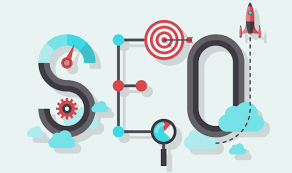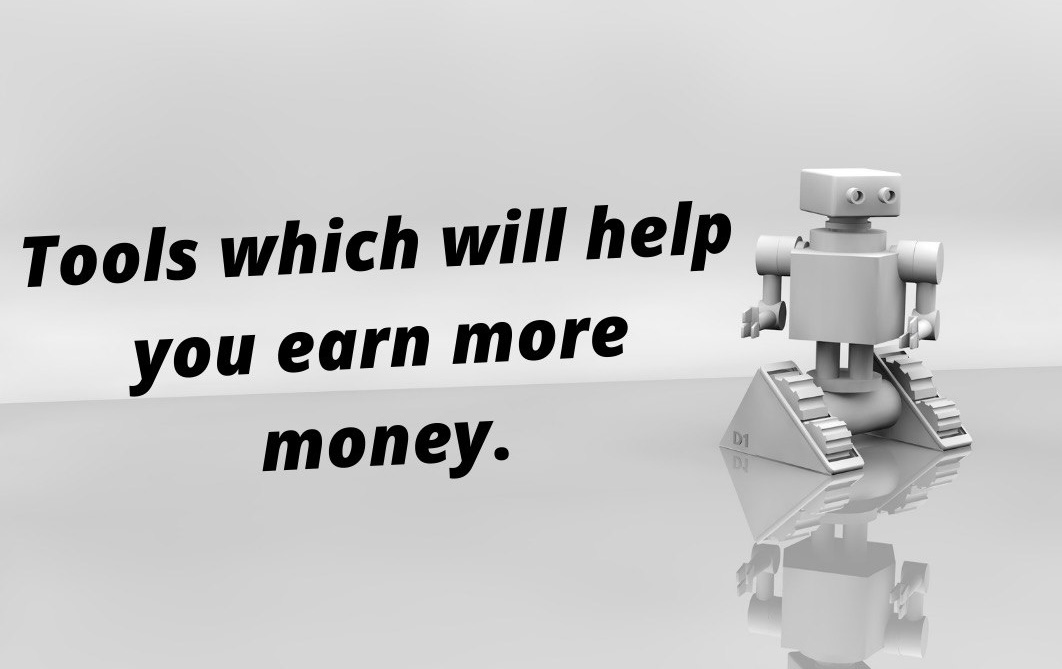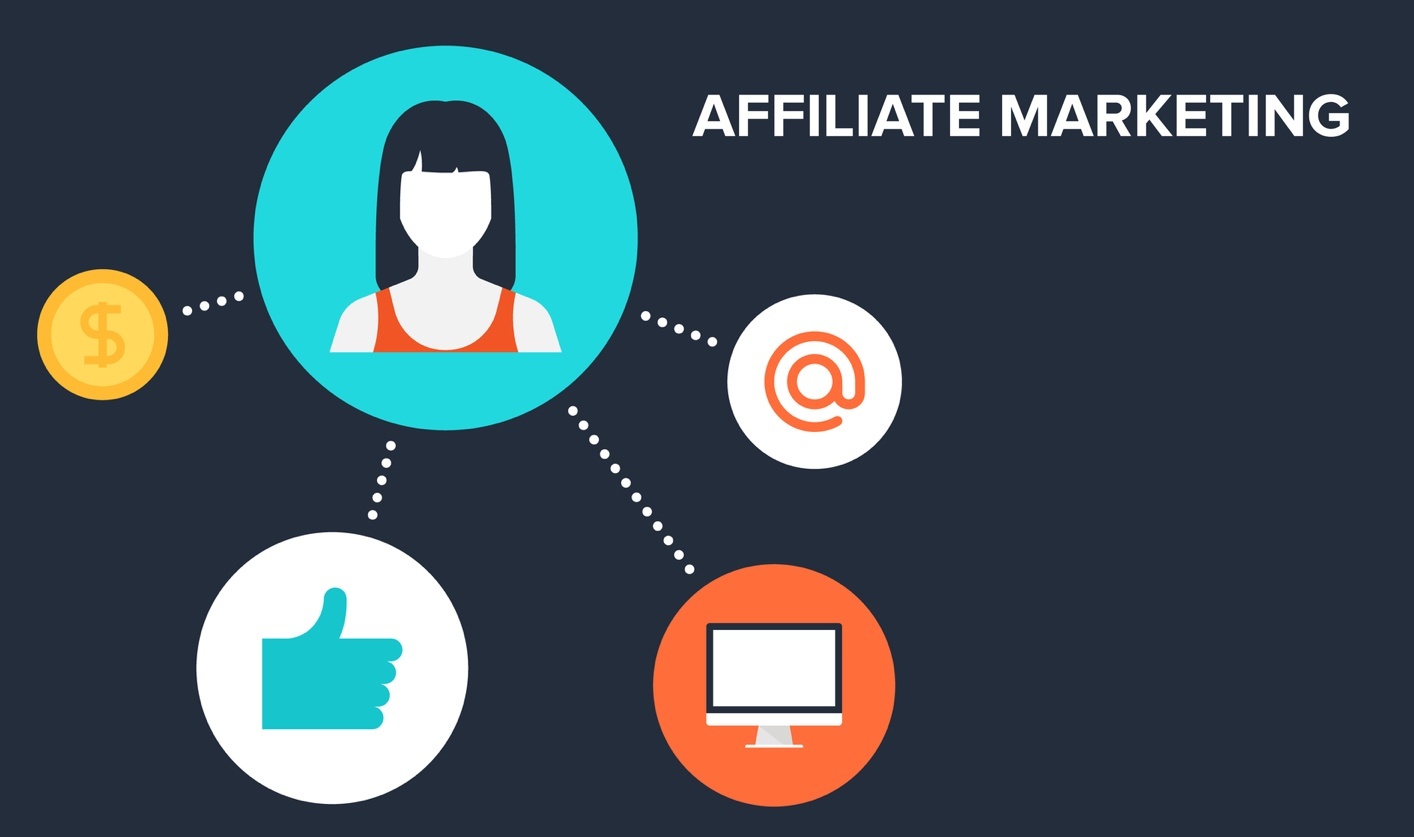What Is Website Architecture And Why It’s Important?
Wouldn’t you want a website that nurtures sales, converts visitors to leads, leads to customers,
customers to repeat business and gives you a steady stream of income? I’m talking about turning your
website into a lean, mean money-making machine that runs by itself – once you implement a good
website architecture.
Think of your website as a huge filing cabinet. You don’t have to worry about ordering your files (pages)
if you only have a few of them. But what if you have hundreds of thousands of files – wouldn’t it make
sense to find a way to categorize them so you can retrieve them later more efficiently?
The Benefits
Good web architecture begins with specific business goals and a target audience and guarantees that
each element of your site compels visitors to take specific actions. Basically, web architecture is the floor
plan of how your site is built: how the pages and categories will be connected and how your navigation
will lay out the information to your readers.
When properly designed, your website will:
Provide content based on the reason the visitor came (research, purchase & re-engagement).
Use CTAs to engage with visitors and collect data in exchange for incentives.
Deliver relevant, timely and contextual information.
Realize that a user is one click away from leaving your site.
Please both the search engines and the visitor.
Unfortunately, most websites aren’t designed to convert. Instead they are built around “our” products,
rather than customers’ needs.
A good web architecture follows the good old 40/40/20 marketing rule, which says that…
40% of the success of a website will depend on targeting the right audience;
40% percent on your offer;
20% of your success will come from your creative input.
Guess where most businesses spend the majority of their time? That’s right, on the creative, because it’s
more fun. But that’s not where your success will come from.
Build your site using the 40/40/20 rule, where…
Each element keeps in mind your target audience and different personas;
Multiple sales channels make a variety of offers
Pleasing design and creativity offers unique and personalized user experiences.
Think of your visitors are the life blood of your website, where the blood vessels make up the site
architecture and how pages link to one another. The better the architecture, the greater the findability
of information and the flow of readers between pages and categories.

Components Of Website Architecture
1. Keyword Research
The first step in developing meaningful content is to target the right keywords that your customers are
already using to find solutions to their problems.
Using proper keywords helps with navigation, content and on-page optimization (at a later stage). A
professional web architect should be able to provide keyword research and analysis as part of their
service, to help your website rank high through quality organic content.
What are the words that will most likely determine people to do what you want them to do? Think
about the features and benefits of your products or services and brainstorm a list of possible keywords.
Google Keyword Tool is probably the best way to determine the competition and search volume for any
keyword variations.
The deliverable will be a set of most profitable terms, longtail terms and competitive terms. Some
professionals may send the keyword research data and some may implement the data into further
components like navigation etc.
2. Information Architecture (Website navigation)
The second part of a good web architecture is navigation. Good navigation is critical for both users and
the search engines, by putting the most relevant content in front of users and reducing the number of
clicks to find it. A proper design flow helps users to find what they are looking for, whilst also driving
them into your sales funnel.
Basically, a good web architecture should help users to achieve their immediate goals. You need to know
why they’re here, how you can communicate with them effectively and how to solve their problem.
The problem with a “deep architecture” is that with every level of depth you lose some link juice
because search engines see these pages as less important than the content that’s just one click from the
homepage. The shorter the distance between the homepage and the deepest content layer, the more
link juice and SEO authority is preserved.
3. Design, Aesthetics & Functionality Ideas
A properly designed website can increase the ranking in the SERPs and also the number of pages that
are indexed. Plus, aesthetics boosts credibility and increases a user’s interest in a website. Once visitors
perceive a site as being trustworthy, they will be more likely to use it.
According to HubSpot, “Landing pages and calls-to-action are the #1 reason marketers attribute to their
increase in sales”. The rule of selling is “make it easy to buy”, but cool design alone won’t convert
visitors into customers.
If aesthetics is backed up by solid functionality factors (such as Calls to Action and landing pages), then a
website become a conversion machine.
CTAs should be stepping stones to a definite business goal. Effective CTA design predicts readers’ wants,
needs and objections and streamlines the user flow to increase conversions.
Every time a visitor lands on your website, they have the following questions and concerns:
– Am I in the right place?
– Do they have what I’m looking for?
– Do they have anything better if I change my mind?
– What do I do next?
Your goal is to answer these questions on each page of the website, which means you must reassure
visitors that they came to the right place. Help users find exactly what they need with seamless
navigation, categories, search, etc. and give them further options like “See also” or “Related posts”.
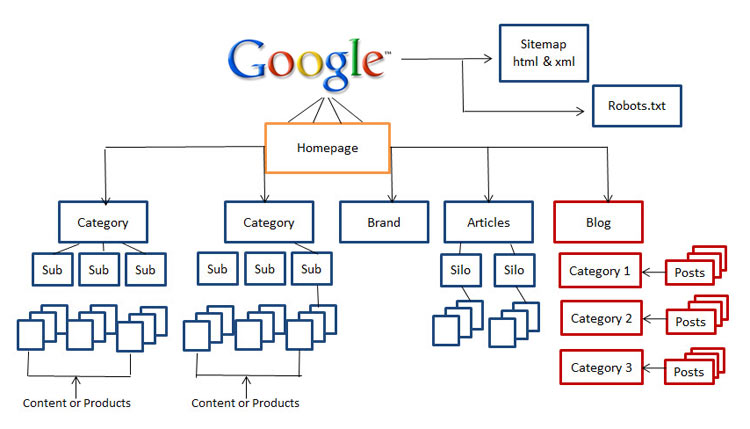
The Calls To Action
Calls to Action are oil for your lean, mean money-making machine. Whether your CTA is a button, a
form or a link – all CTAs are supposed to do one thing: create seamless conversion paths that encourage
content consumption toward a conversion.
educa
Clarity. For users to become engaged with the website, you must take a big problem and cut it
to a specific action. Re-evaluate your Calls to Action and marketing communication to make sure
that what you’re asking users to do is highly specific.
Feasibility. People take action when things are really simple and there is no risk involved.
Unclear or huge Calls to Action alienate people who would be ready to take small steps into
your sales funnel.
Usability. Calls to actions should be tested by showing them to small groups of people and
asking them to take the desired action. Testing will reveal any blockages that freeze action and
make users abandon the page.
Streamline the process as much as possible to ensure that once someone has decided to take an action,
it’s very easy to follow through.
Landing Pages
Landing pages are another major component of proper website navigation. These are the places where
you want people to take a specific action. But how do you get them there? Build landing pages that take
users to a page where the desired action is their only option (e.g. buy a specific product, become a
member, sign-up for a newsletter, attend an event, etc.)
A HubSpot study shows that while most organizations don’t see an increase in leads when increasing
their total number of landing pages from 1-5 to 6-10, companies do see a 55% increase in leads when
increasing their number of landing pages from 10 to 15. Here is a great example of a landing page.
Good design and functionality can be achieved using a wireframe, which is similar to an architectural
blueprint. Basically, it allows you to layout the information hierarchy of a website according to how you
want users to consume the information.
A wireframe has the following basic components:
– Written Content (e.g. banners, descriptions, reports, archive, contact information, etc.)
– Multimedia Content (e.g. photos, videos, podcasts, etc.)
– Functions: Search, email alert signup, registration, databases, surveys, etc.)
One you understand how users behave on your
website, you can optimize the entire flow through
your pages.
By identifying Personas and creating content based
on their specific needs, you answer “What’s In It
For Me?” which will not only makes them happy,
but also convert them into return customers.
Your content should “speak” to different target
personas, depending on their place in the purchase
cycle:
Educate users about your company,
products and services (Research);
Source: MarketingMattersInbound.com – Engage users to keep them involved and interacting with your content (Shopping);
Encourage users through the purchasing stages (Buy);
Embrace users after the sale (Re-purchase/Loyalty).
Are your prospects searching for more information? Are they shopping? Are they ready to buy? Are they
looking to re-purchase? Develop content that address each of these stages of the buying cycle and you’ll
have happy visitors that will become your trusted advocates.
Conclusion
Hopefully, by now you understand how critical website architecture is in your SEO strategy. This is done
by good SEO professionals with a strong understanding of UX & conversion oriented designs.
Your business deserves more than just a static website. The online competitive market is not going to
become easier so now is the right time to develop a solid site architecture that sells. Hiring a
professional SEO consultant & website architect might be the wisest decision you could make for your
business.
Put your website in the hands of true professionals that not only have a solid understanding of usability
and web development tools, but also can leverage marketing trends, online buying patterns and
everything else involved in the design and maintenance of a website.
– Navigation Tools: (e.g. menus, A to Z listing, search, sitemap, “see also” links)
Check out this excellent list of resources for creating better wireframes. Plus, visit Wirify.com and see
how you can turn any web page into a wireframe.
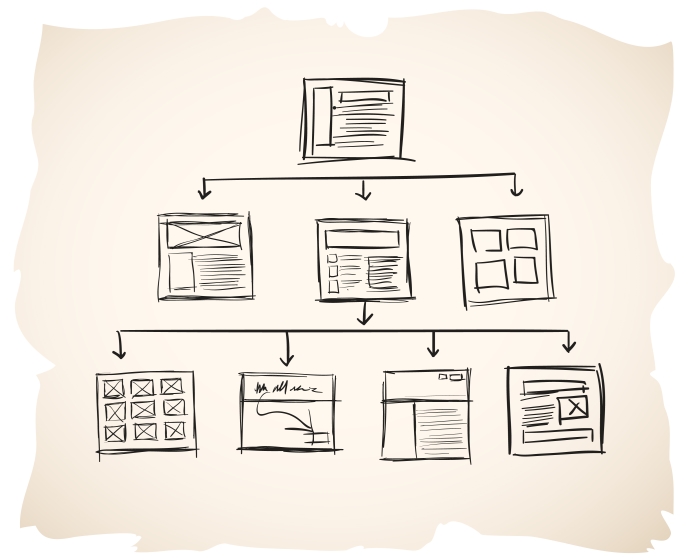
4. Content Structure
The fourth component of web architecture is Content. Once you’ve laid out your strategy, it’s time to
develop content that will lead prospects through your website, from the first landing page to the final
purchase and re-purchase.
People engage with content when it has depth and dimension. To nurture and convert your audience,
you need to create 3-D contextual and timely content that stimulates user engagement.
First…
Develop your buyer personas
Personas are profiles of people who might use your products. Develop content that speaks the language
of each persona in a meaningful, connective way. Personas are created from market research and
demographics and allow you to find different ways to relate to your audience.
Create scenarios of how users might use your website and try to walk through the steps the visitor
would take. You can improve the user experience by having each page doing two things:
– help a visitor accomplish one specific goal
– make the next step easier to perform
Streamline the user experience
A good site architecture ensures that people find what they’re looking – usually through a sequence of
smaller steps that together creates the entire user experience.
Here are the four ways people search for information:
– Known-item (users know what they want);
– Exploratory (people have some idea of what they want and scoop for more data);
– Don’t know what they need to know (browsing a website without a specific goal in mind – a
good example is researching a new product
or service);
– Re-finding (looking for information they
have already seen).
One you understand how users behave on your
website, you can optimize the entire flow through
your pages.
By identifying Personas and creating content based
on their specific needs, you answer “What’s In It
For Me?” which will not only makes them happy,
but also convert them into return customers.
Your content should “speak” to different target
personas, depending on their place in the purchase
cycle:
Educate users about your company,
products and services (Research);
Source: MarketingMattersInbound.com
Engage users to keep them involved and interacting with your content (Shopping);
Encourage users through the purchasing stages (Buy);
Embrace users after the sale (Re-purchase/Loyalty).
Are your prospects searching for more information? Are they shopping? Are they ready to buy? Are they
looking to re-purchase? Develop content that address each of these stages of the buying cycle and you’ll
have happy visitors that will become your trusted advocates.
Conclusion
Hopefully, by now you understand how critical website architecture is in your SEO strategy. This is done
by good SEO professionals with a strong understanding of UX & conversion oriented designs.
Your business deserves more than just a static website. The online competitive market is not going to
become easier so now is the right time to develop a solid site architecture that sells. Hiring a
professional SEO consultant & website architect might be the wisest decision you could make for your
business.
Put your website in the hands of true professionals that not only have a solid understanding of usability
and web development tools, but also can leverage marketing trends, online buying patterns and
everything else involved in the design and maintenance of a website.

